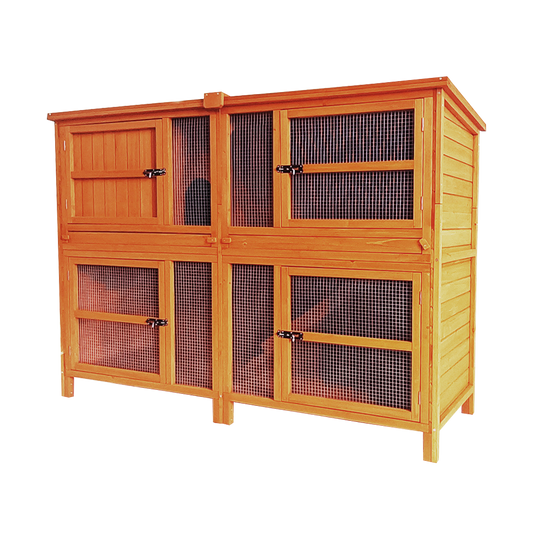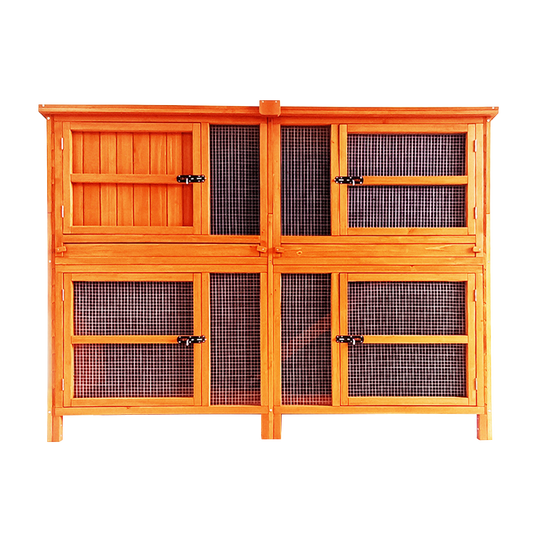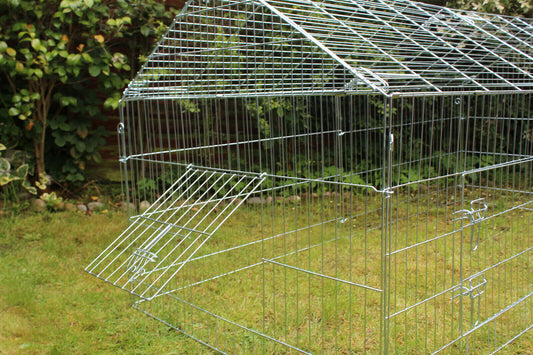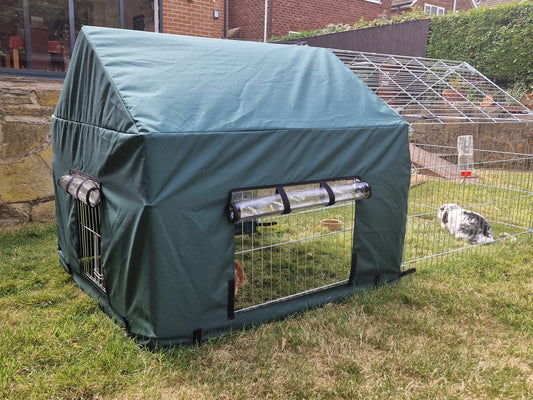April 15, 2020
When picking dog food, the first thing to decide is what type of dog food you want to give your dog. Only a few decades ago, that choice was pretty simple - dry dog food or wet dog food. If you were really adventurous you might go for a mix of the two!
Those days have passed and now dog owners have many, MANY more options to choose from. In the following two posts, we will discuss different types of dog food. We will also examine the benefits and drawbacks of these options for both dog owners and their pets.
Part 1: Complete vs Complementary
There are two types of pet foods: complete dog food and complementary dog food. Complete dog food provides all the necessary nutrients in one meal, while complementary dog food does not. All pet foods fall into one of these two categories.
Complete Dog Foods
Dog food with all necessary nutrients keeps your pet healthy and fit without any effort on your part. Automatic pet feeders have been the preferred choice for pet owners worldwide since the late 1960's. This is because they offer great convenience.
Although the term 'complete' is most often associated with dry dog foods, there are now a whole host of complete dog food options including wet dog food, raw dog food, semi-moist dog food and fresh dog food and in terms of quality, complete dog foods can fall anywhere from the very worst to some of the very best dog foods on the market.
Complete dog foods are, however, not without their critics. Some natural feeding supporters dislike the artificial vitamin/mineral mixes required to make dog food legally 'complete and balanced'. These mixes need to be added to the dog food.
Feeding pets only one type of pet food for a long time can be bad for them. This is because they usually need a varied diet.
Complementary Dog Foods
Complementary dog foods are not complete and need to be mixed with other foods to create a balanced diet for pets.
There are many different types of complementary dog food, such as dog biscuits, wet dog food, raw meat, and fruit/veg mixes. Even simple dietary additions like eggs or human leftovers would qualify as complementary dog foods. Although treats and health supplements technically complement dog food, people generally categorise them separately.
You can mix complementary dog foods with complete dog foods. This will add more variety or give specific nutritional support. It will not affect the overall nutritional balance. A dog with skin or coat problems can improve by occasionally adding sardines to its regular dog food.
Home Prepared Foods
Another choice is to skip complete meals and mix different dog foods to make your own healthy and balanced diet. People generally call this home-prepared pet food.
When done right, making pet food at home is possibly the best choice for any pet's diet. It allows complete control over the quality, balance, and variety of each ingredient in every meal. But you should not undertake home-preparing pet food lightly. Vets are concerned about nutrient imbalances or deficiencies as they can greatly affect an animal's health.
Doing it correctly needs research, time, money, and expertise. However, it's not impossible. We do it for ourselves and our kids daily.
There are many helpful websites about making pet food at home. If you're interested, make sure to read them carefully to decide if it's the best option for you and your pet.
Next time…
Be sure to tune in for Part 2 where we’ll take a deep dive into the myriad ways in which pet foods are made these days and how each might help or hinder your pet's health.
If you enjoyed this article, why not read:
Types of Dog Foods Part 2: Dry Foods









